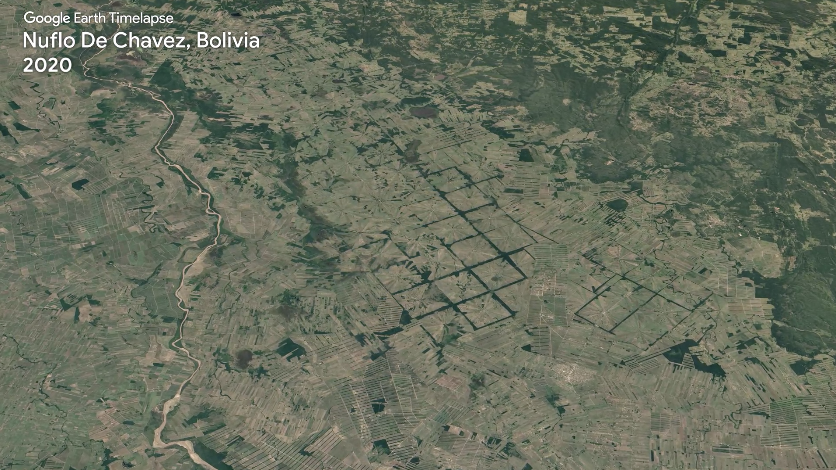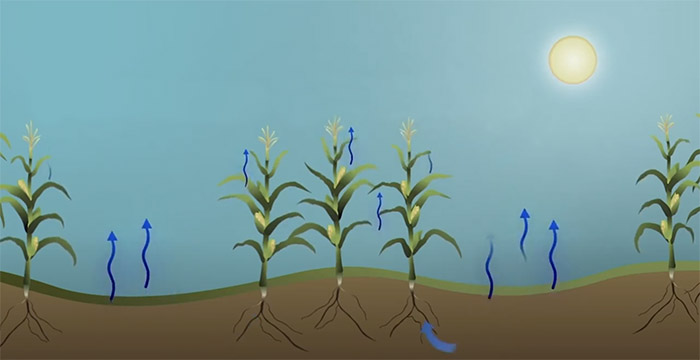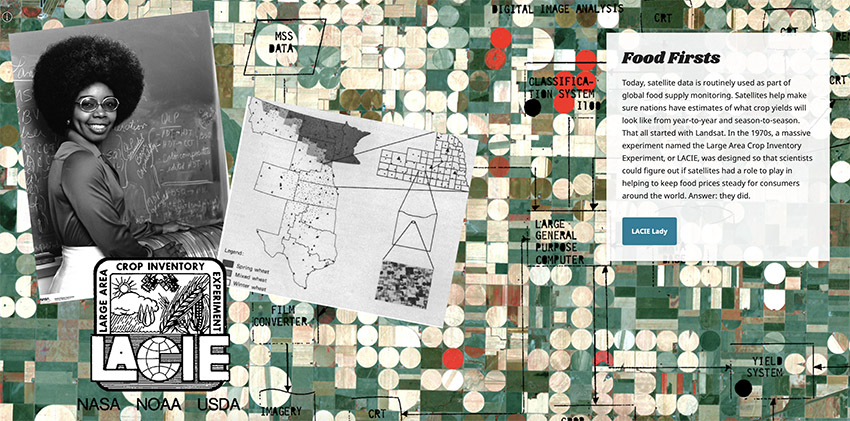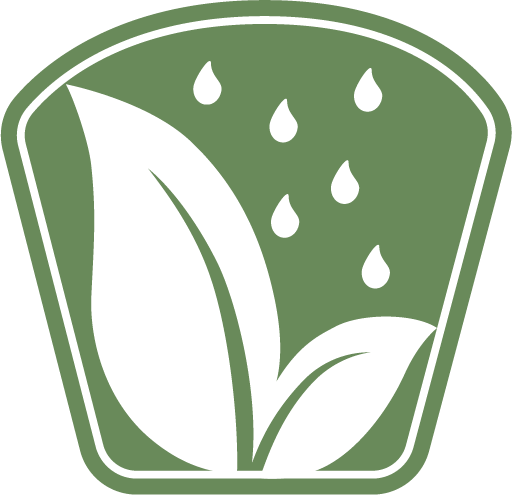



Humans have been growing and harvesting food since civilization began—food is our fuel. Today, satellites like Landsat help make sure the global food supply is successfully forecasted and managed.
Did You Know?
Did you know that plants and soils “sweat” like people, and Landsat can indirectly measure that “sweat” from space?
+ Landsat & Evapotranspiration
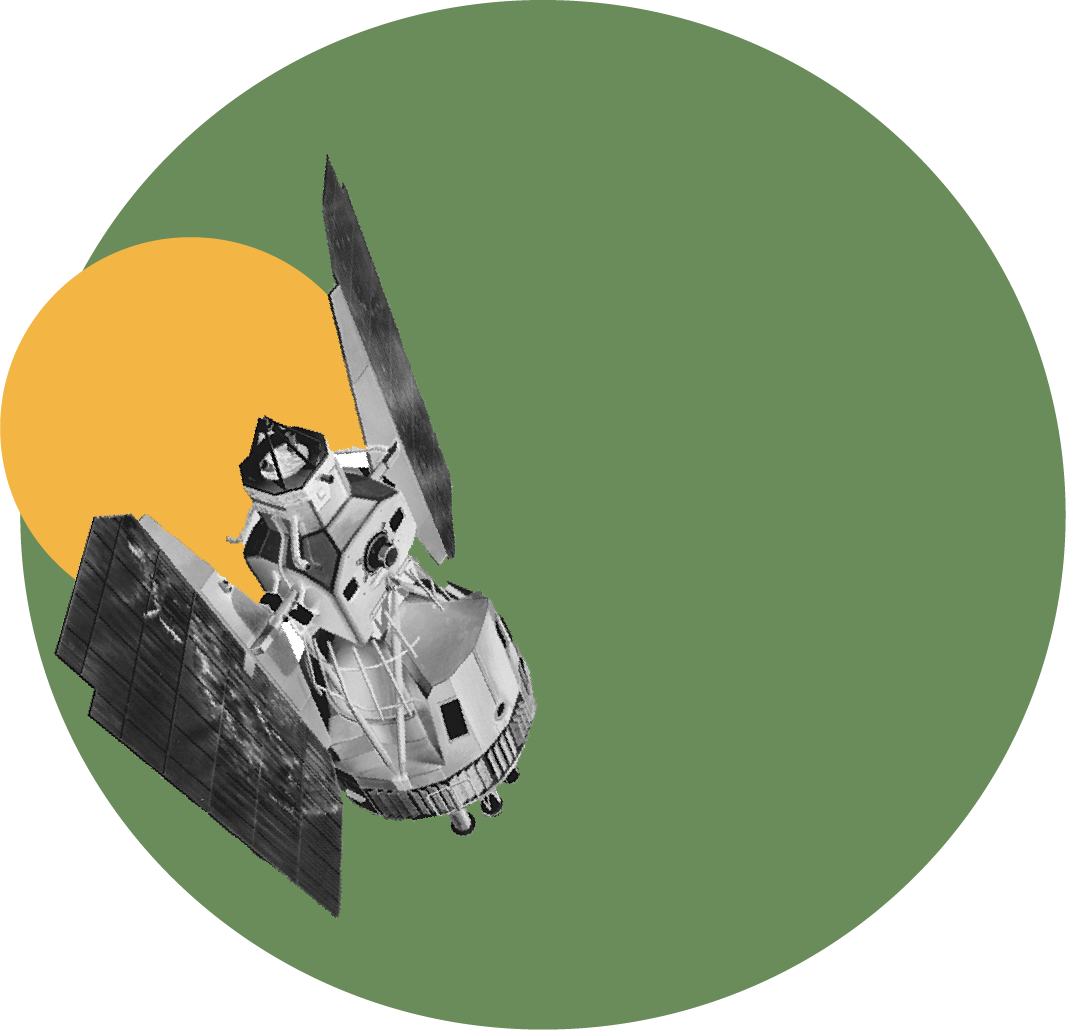
Landsat 2
1975
would produce.

Landsat 2
1975
would produce.

Landsat 2
1975
would produce.
Try This!
Make your own collage with fun Landsat colors and patterns.
Play the Lands of Landsat game and discover how Landsat helps study farms, cities, parks, forests, and islands.
Try This!
Play the Lands of Landsat game and discover how Landsat helps study farms, cities, parks, forests, and islands.
Get Crafty!
This embroidery craft was inspired by a Landsat image of Canola fields in Canada.
Create your own Landsat inspired craft and share with
#LandsatCraft.
Credit: Katy Mersmann/NASA
Get Crafty!
This embroidery craft was inspired by a Landsat image of Canola fields in Canada.
Create your own Landsat inspired craft and share with
#LandsatCraft.
Credit: Katy Mersmann/NASA
Why Satellites Rock
Collect all nine postcards from Camp Landsat starting with Week 2: Farms & Food! Data from Landsat are used by the U.S. Department of Agriculture to monitor dozens of crops. The front of this postcard features a natural-color Landsat 8 image of Garden City, Kansas, acquired August 8, 2017. Center pivot irrigation systems create the circular patterns in crop land.
EO Kids
Farmers use a number of different methods to irrigate crops, and some of them result in pretty interesting shapes. EO Kids looks at what water has to do with different types of farming practices, and how these practices look from space. Learn more in The Shape of Farming: Water for Crops.

